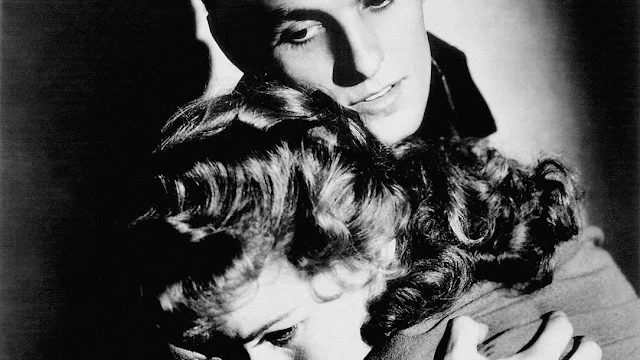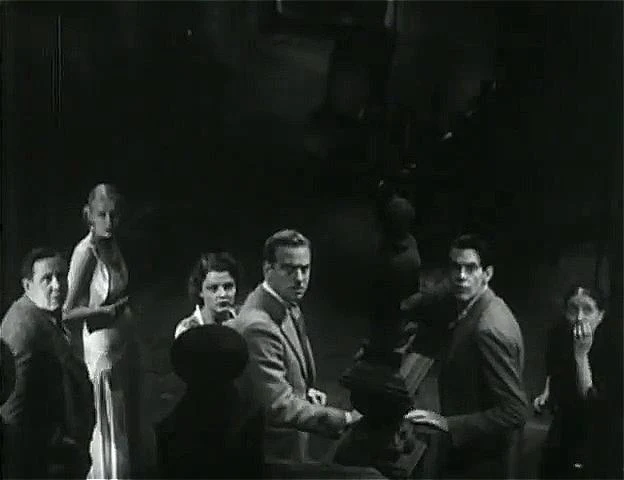Waterloo Bridge (James Whale, 1931)
Cast: Mae Clarke, Douglass Montgomery, Doris Lloyd, Frederick Kerr, Enid Bennett, Bette Davis, Ethel Griffies, Rita Carlyle, Ruth Handforth.
Screenplay: Benn W. Levy, Tom Reed,
based on a play by Robert E. Sherwood.
Cinematography: Arthur Edeson.
Art direction: Charles D. Hall.
Film editing: Clarence Kolster, James Whale.
Music: Val Burton.
If I had to name a favorite underappreciated director, I think it might be James Whale, best known for
Frankenstein (1931) and its even better sequel
Bride of Frankenstein (1935) but also for the first (and best) sound version of
Show Boat (1936) and for the semi-spoofy
The Old Dark House (1932). Whale had a gift for irony and for spiking things with a bit of acid wit -- something that becomes apparent when you compare his version of
Waterloo Bridge with Mervyn LeRoy's somewhat mushier 1940 film. MGM tried to suppress Whale's film when it got the rights to make its own version of the Robert E. Sherwood play, but it didn't have to work hard: The Production Code had made the earlier version, which is more explicit about the fact that Mae Clarke's Myra is a streetwalker, unavailable for exhibition when it went into effect in 1934. As an actress, Clarke wasn't a patch on Vivien Leigh, who played Myra in the later film, but she doesn't really have to be; Whale's direction keeps the story moving and surrounds her with some strong performances, including Doris Lloyd as her tough-girl friend Kitty and Ethel Griffies as the landlady. I was puzzled when I saw her leading man, billed as Kent Douglass. I knew I'd seen him before, and it wasn't until I checked that I recognized him as the Douglass Montgomery who played Laurie in the 1933
Little Women. He's suitably callow in both parts, which acted to his detriment in establishing a career, though I prefer him to the ever-pretty, ever-vacant Robert Taylor, who played the same role in the 1940
Waterloo Bridge. Billed sixth in the cast, after Frederick Kerr and Enid Bennett, is Bette Davis, who plays Montgomery's sister, Janet -- a space-filler of a role. If Davis had been cast as Myra -- which she devoutly wanted to be -- this version of the story might not have been lost to sight for so long. It was stored in the vaults at Universal, where it was discovered in 1975 but not released until the 1990s.


















































